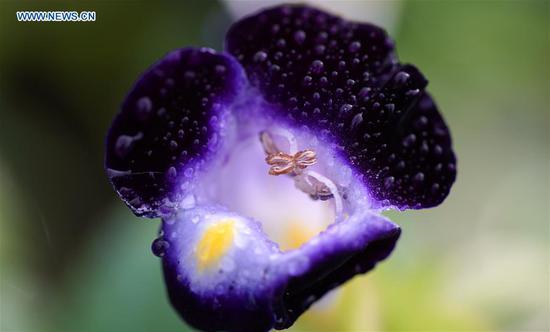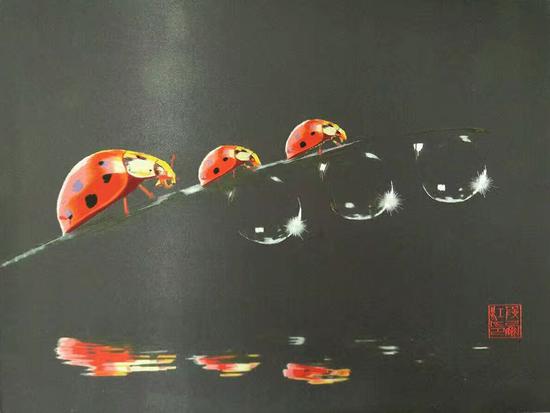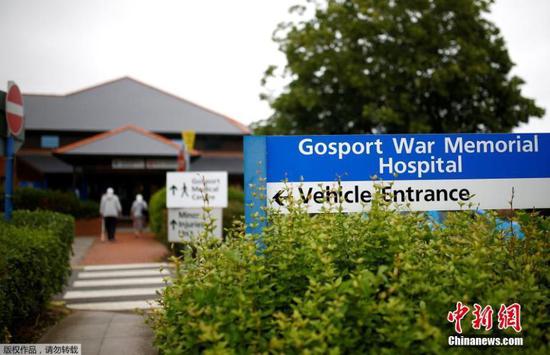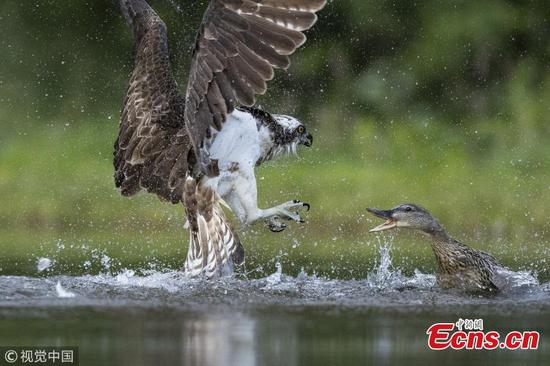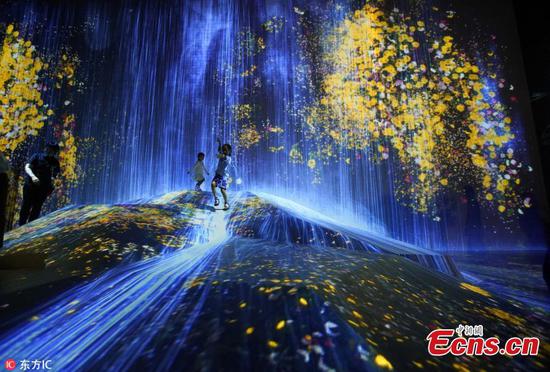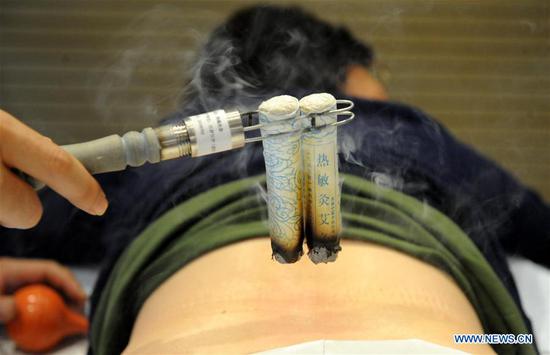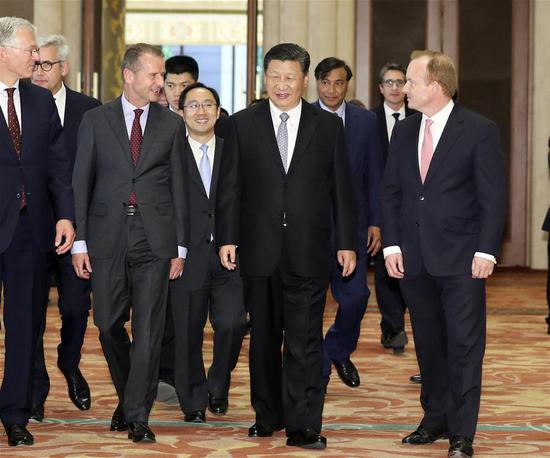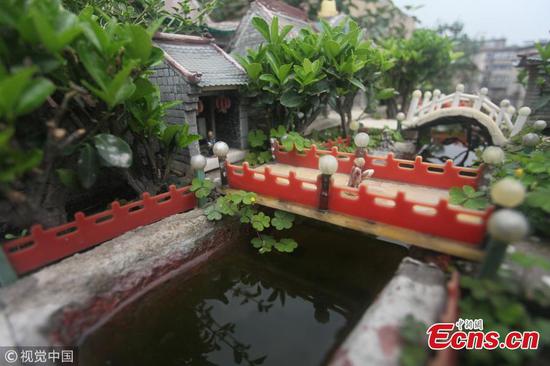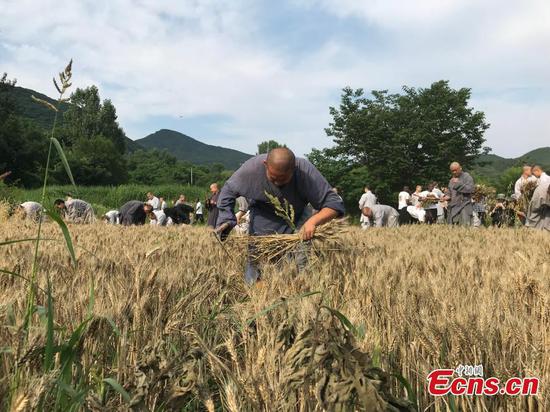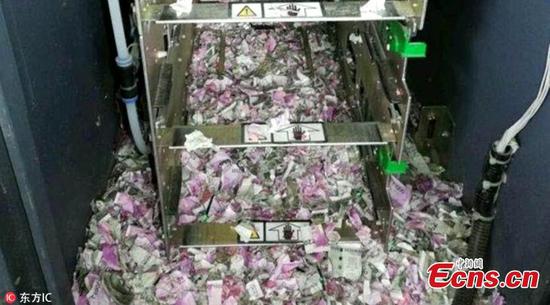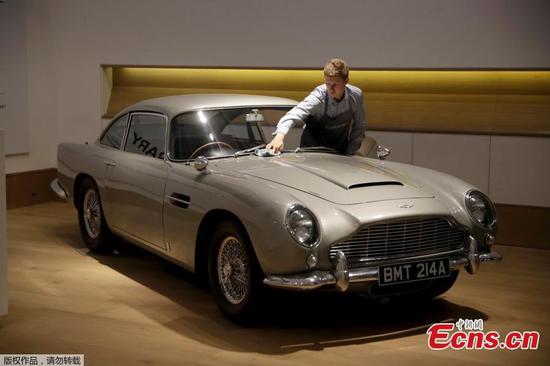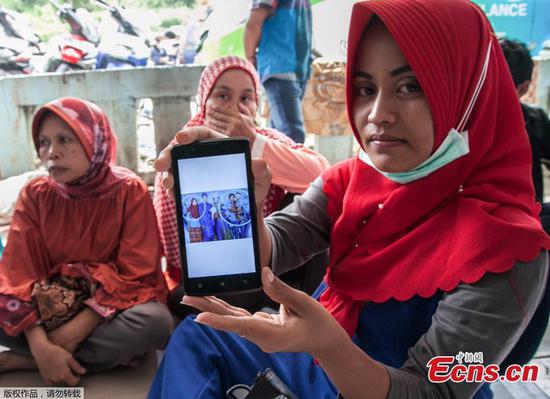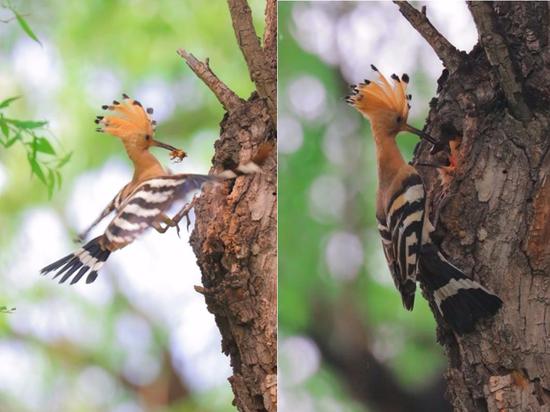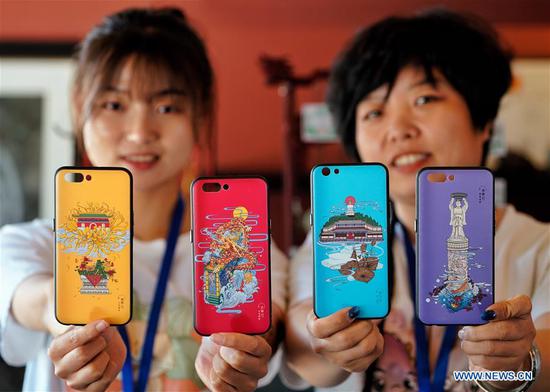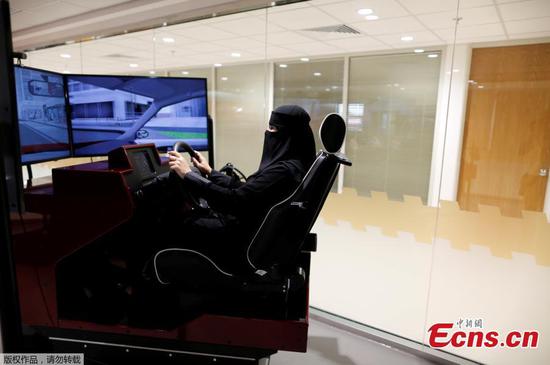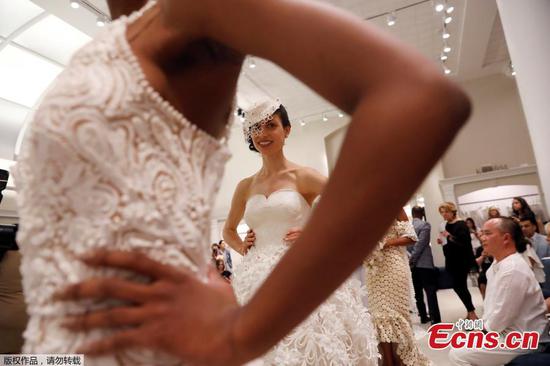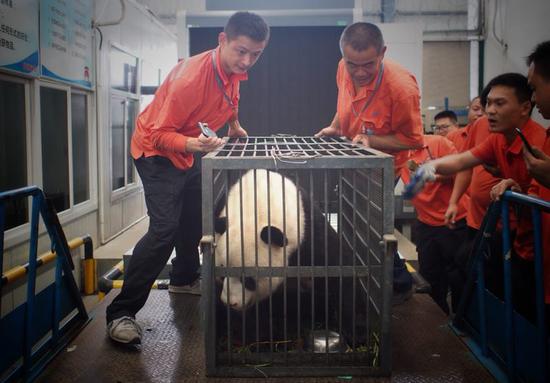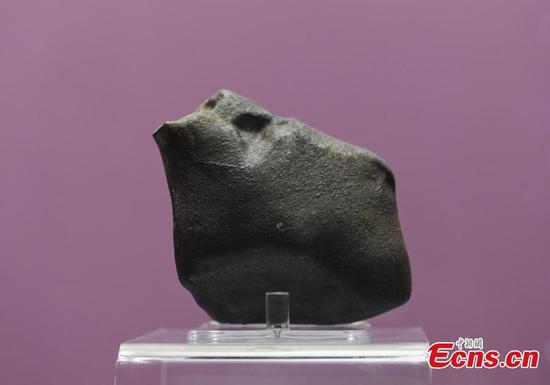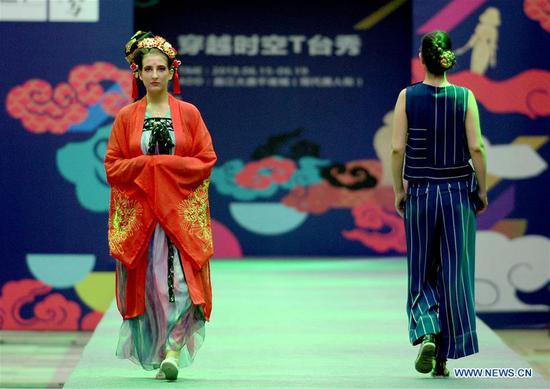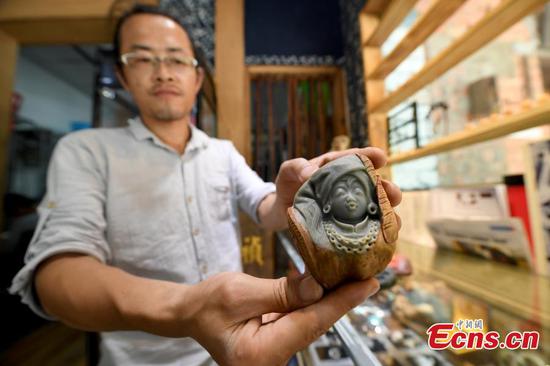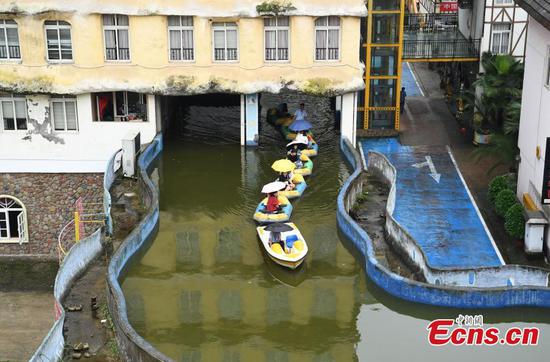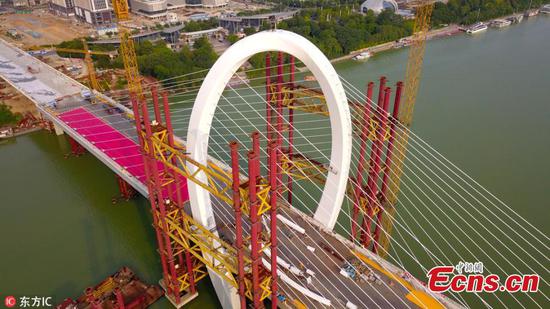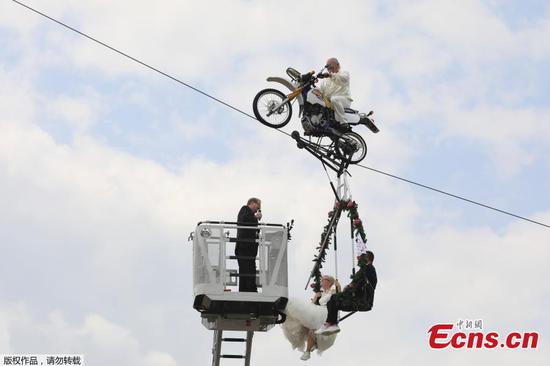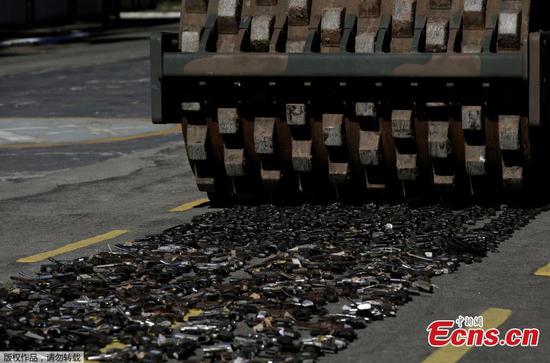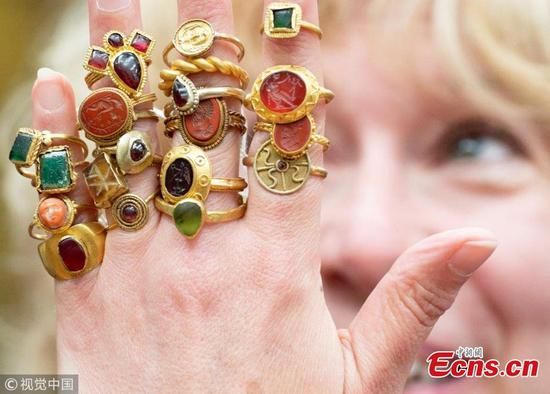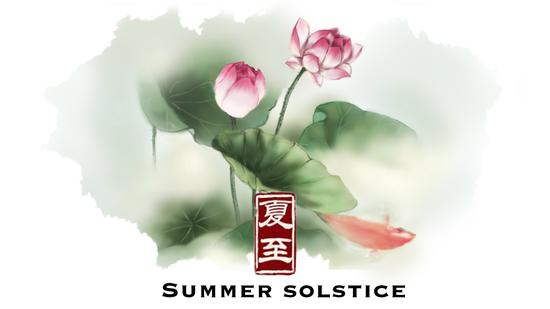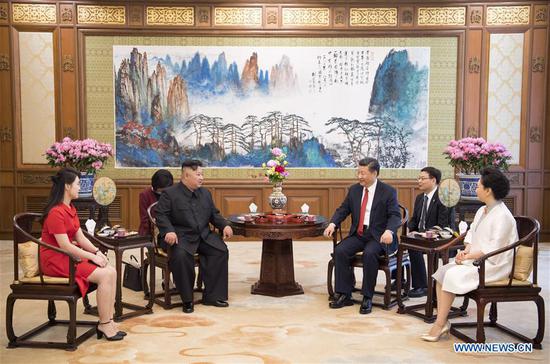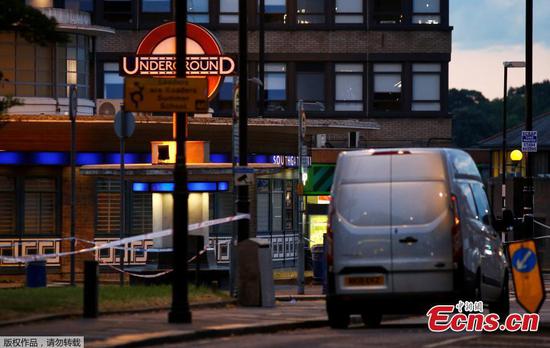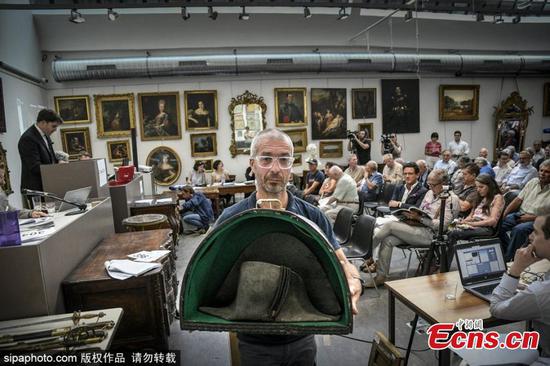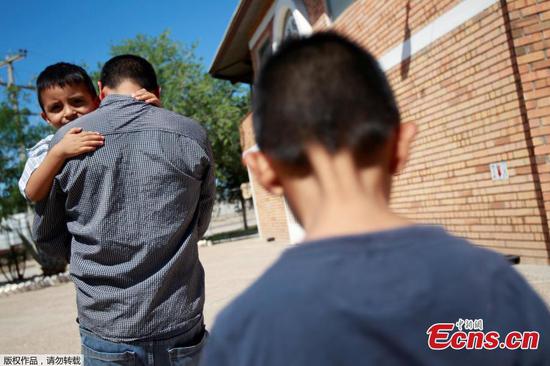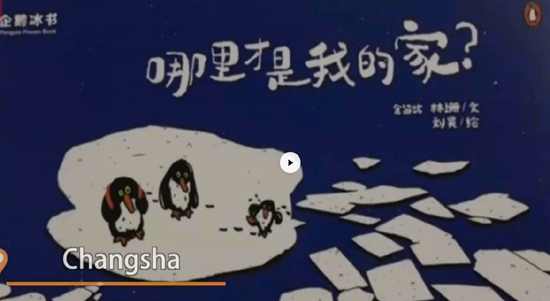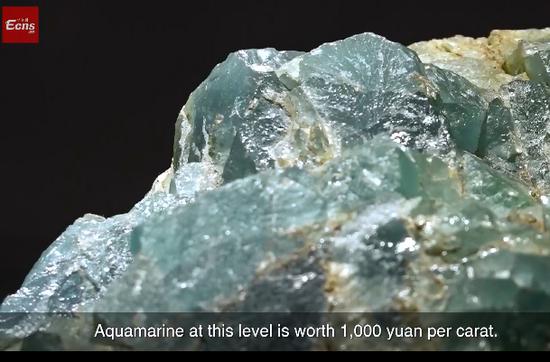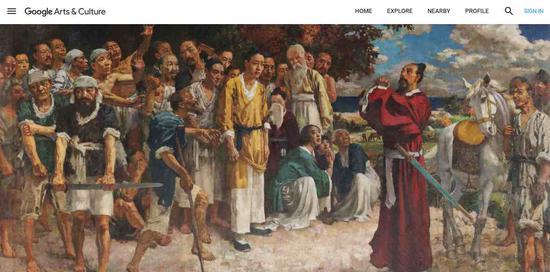
Xu Beihong's Tian Heng and His Five Hundred Followers on GAC
“In China, I am a baby.”?
Amit Sood, the director of Google Arts and Culture (GAC), told CGTN in Beijing that his exposure to China’s rich culture was like being born again into a new, wonderful world.??
Sood’s mission in China is to use cutting-edge technology to promote the country’s art and culture to the rest of the world through GAC, the tech giant’s non-profit program.?
Teaming up with CAFA, China’s best art college
The Central Academy of Fine Arts (CAFA), one of China’s most prestigious art colleges, became GAC’s latest partner in China earlier this year, 100 years after its establishment in 1918 as the country’s first national school of fine arts.
On Tuesday, GAC and CAFA launched an online collection of 300 digitized artworks from the CAFA Museum. Among the artworks are pieces by Xu Beihong, the father of modern Chinese painting and an artist whose pieces can attract bids worth millions of yuan at auction.
Some 200 works by Xu are being displayed on the digital platform, including his masterpieces Tian Heng and His Five Hundred Followers and Behind Me.??
Meanwhile, three floors of the CAFA Museum, designed by leading Japanese architect Arata Isozaki, will also be put onto Google’s Street View for global audiences to visit online.?
“CAFA was very special for me,” Sood said, noting that he “fell in love” with the fact that China’s top art academy had its own museum showcasing its artists’ creativity when he joined a panel discussion on technology and culture several years ago.?
CAFA was GAC’s 29th partner in China since entering the country in 2012. Last year the Google initiative teamed up with the Palace Museum, a cultural icon at the heart of Beijing better known as the Forbidden City.?
After creating more than 500 digital exhibitions displaying over 13,000 items online, GAC’s work on promoting Chinese art has put the country’s culture at the fingertips of global Internet users.
Art from everywhere for everyone
When Sood launched the program, he believed the culture sector had “a very American and European bias”.?
Seven years later, now he believed “the bias has not been corrected. Not yet. But I think it’s moving in the right direction.” However, progress is being made thanks to cultural exchanges through globalization.?
When people count pieces by Asian, African or Latin American artists among their favorite artworks, rather than just naming French or Italian artists, the bias “would be corrected”, said Sood.?
In addition to correcting this bias, another motivation that pushed Sood to launch the program was to break down the misconception that art and museums are just for “rich and posh people.”?
Taking the Guggenheim Museum in New York as an example, Sood told the audience at a TED talk in 2016 to “imagine this accessibility for a kid in Bombay who's studying architecture, who hasn't had a chance to go to The Guggenheim as of yet.”?
“Museums are for everybody,” said Sood, noting that initially, GAC’s motivation was to try to change false perception. Now, the art and culture sector is finally warming to using technology to fulfill that mission.?
Mutual benefits
GAC uses powerful photographic technology that allows users to zoom into artworks at brushstroke-level detail, allowing users to explore the hidden depths of works much more closely than they would in a museum or gallery.?
The experience came from the Art Camera, a robotic camera custom-made to create the highest possible resolution images of paintings, capable of taking so-called “gigapixel” images with sizes greater than 1,000 megapixels.
To put that into perspective, the latest iPhone’s camera has a resolution of 12 megapixels.
“Technology has made it possible to do many things at scale,” Sood said when asked about the major changes technology has brought to the art and culture sector.?
More than offering a better online viewing experience, technology also brings down the cost of digitalization dramatically through innovation. He underlined how this enables museums to spend more on curation and acquisition – the key purposes of museums in the first place.?
“Technology by nature is experimentation,” which is quite different from museums, an industry that may take several years to plan one project, said Sood.?
So when the two sides are mixed together, the benefits are mutual.?
“Technology learns how to slow and take different things into consideration. Museums learn to how to take risk and to experiment.”?
(Nick Moore also contributed to the story)?
By CGTN’s Yang Jing









